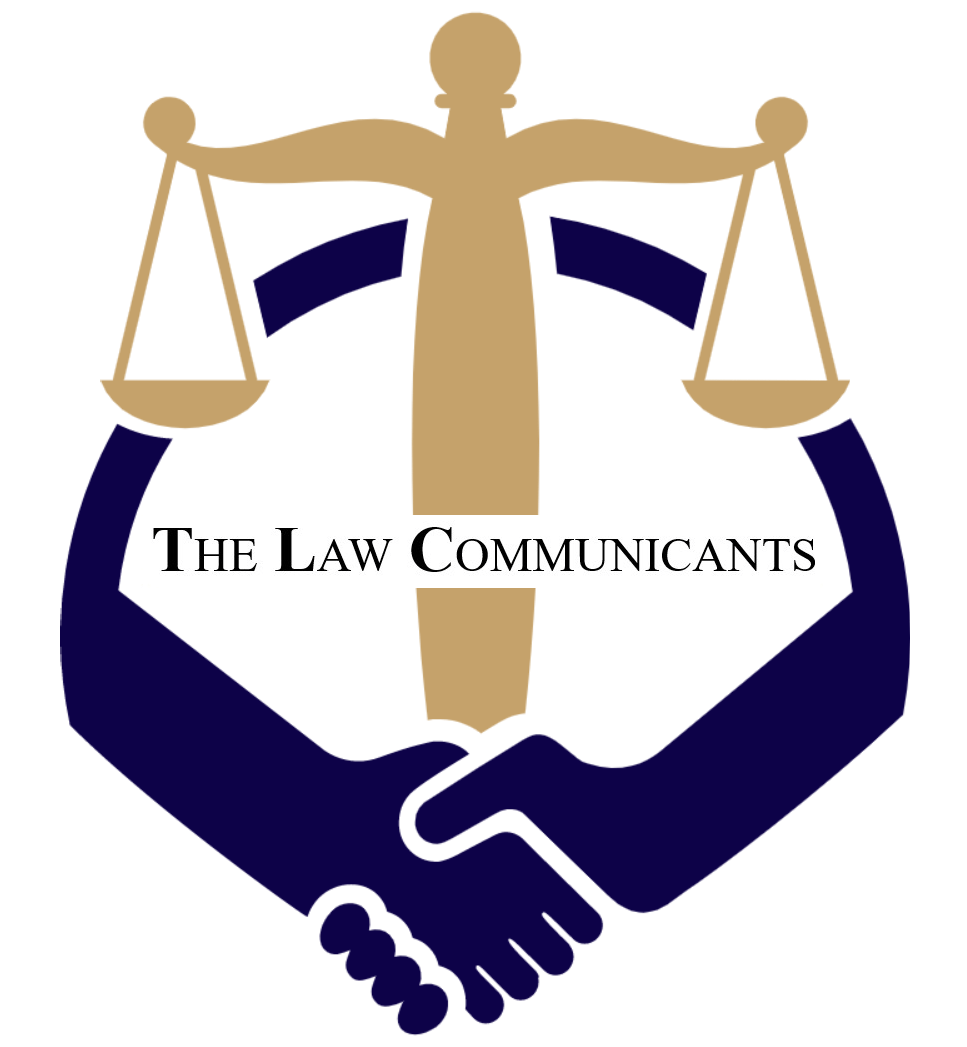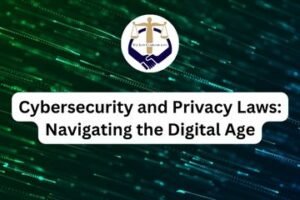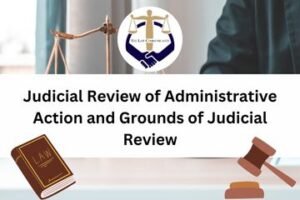Creative Commons: Impact On Indian Copyright Law
Written By: Meghna Prusty
Introduction
In the last few decades, the copyrightable subject matter has become something of a Cinderella story in the intellectual property world. For many moons, copyright law has been the poor relation of its more celebrated brothers, trademarks and patents, and has become the enchanted formal dress of this particular belle of the ball, at least for industry representatives. Many see copyright’s coverage as a proverbial rag — an ill–tailored and ungainly law that is causing havoc on innovation — and in desperate need of a fairy godmother or handsome prince to straighten it all out.
Copyright
With the internet reaching practically every corner of the globe, billions of individuals may now access vast volumes of information with only a few mouse clicks. As a result, the demand for this form of entertainment has increased dramatically, and mainstream creators can no longer meet it completely on their own. Users can now develop and re-create material on a big scale as a result of this demand and availability of basic editing software on a computer device such as a smartphone. This phenomenon is known as “remix culture,” and it focuses on the massive pooled creativity that exists among a big number of amateur artists who are motivated by pure creativity rather than financial reasons. The constraints imposed by copyright laws on the usage of available content are the most significant hurdles that these amateur users-cum-creators encounter. Despite the fact that not all creators of original content intend to utilize copyright to completely restrict the use of their work, the law specifies that the artist retains “all rights reserved.” This ensures that as soon as something new emerges, it runs the risk of smothering the same creativity it was designed to protect and promote. The basic chilling effect arises from the fact that any use of protected information requires permission from the inventor.
Creative commons
Creative Commons proposes a license that is based on the concept of “some rights reserved” rather than “all rights reserved” as a solution. On the one hand, the licenses allow the creator to choose from four conditions (attribution, share-alike, non-commercial, no derivatives) to provide free and unlimited use of the work to all users, or just the right to freely share the work without making any changes while giving proper credit to the author on the other. Creative Commons appears to be an appropriate choice to pursue in India, where monopolization is often frowned upon, particularly when it comes to creative components. In 2007, as part of its Techfest technology event, IIT Bombay established the Indian Chapter of Creative Commons. It did not, however, come to completion due to a number of obstacles. A copyright-protected work is subjected to a Creative Commons license. It’s not a different entity from copyright; rather, it’s a technique to make sharing protected information more convenient. Because copyright is so powerful, it protects a significant portion of what is automatically made. Copyright offers a number of effective protections to ensure that your work is not exploited without your permission. Everyone doesn’t need or want to take all of those safeguards. If they took the effort to license the work each time someone expressed interest in using it, they would save a lot of time and money. Creative Commons is a non-profit organization that develops licensing frameworks that anybody can use to license their intellectual property to anyone who accepts the terms of the license. It allows you to share your work without giving up complete control or wasting time obtaining permissions. Under copyright regulations, the author of work often has complete control over how it is used and distributed. This right can be licensed or sold as well. The copyright owner determines whether the work can be copied, who can copy it, and how it can be copied. Anyone who wants to use a creative work must first obtain permission from the creator. It is illegal for someone to utilize the work without authorization. A copyrighted work, on the other hand, can be subjected to a creative commons license. Instead of asking for permission all the time, the creator can use creative commons to specify who can and cannot use his work. Attribution, non-commercial, no derivatives, and share-alike are the four main restrictions. These features alert others about the work’s planned distribution. If someone crosses these lines, they are infringing on someone else’s copyright, and the punishments under creative commons are the same as they are under copyright. Copyright stipulates, “Ask my permission before using my work,” but creative commons states, “You may use my work.” This is how it’s done.
Case law
Drauglis v Kappa Map Group, LLC (1)
The use of a CC-BY-SA 2.0 photograph on the cover of an atlas-by-Atlas Company did not infringe the CC license. Because the atlas was a compilation rather than a derivative work, it did not require a SA license, therefore attribution on the back cover was appropriate under the BY term.
Conclusion
Huge user-generated content management services already use Creative Commons. These websites are guaranteed to produce legal ambiguity because they are accessible under Indian copyright rules. Additionally, creative commons and related licenses have been used by artists and authors of literary works all around the world. A confrontation is expected to erupt soon, with the potential to set precedents or influence government actions that hinder the expansion of Creative Commons and similar licenses. The dissertation examines data from industry and jurists in order to understand how they interpret such licenses, and then presents an ideal perspective that may change jurisprudence by combining creative commons and similar licenses with existing copyright rules in India and elsewhere. Other thoughts and recommendations have been presented in light of the variables that are required for open-source license expansion in India.

Meghna Prusty
Student at The Law College, Utkal University
Previous Posts
The Thin Line Between Murder And Culpable Homicide
Patent Linkage: A Marketing Approval Barrier Suffered By the Generic Drug Manufacturers
Patenting Of Biotechnological Inventions Under The Trips Standards




